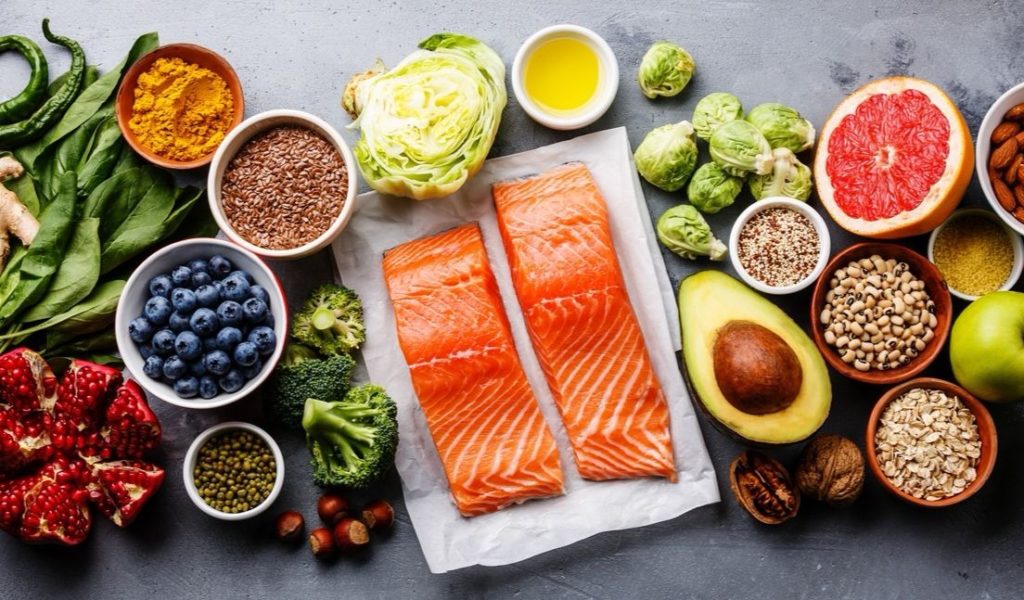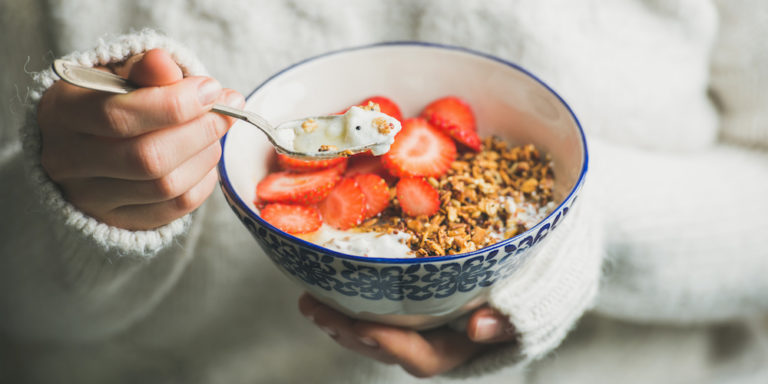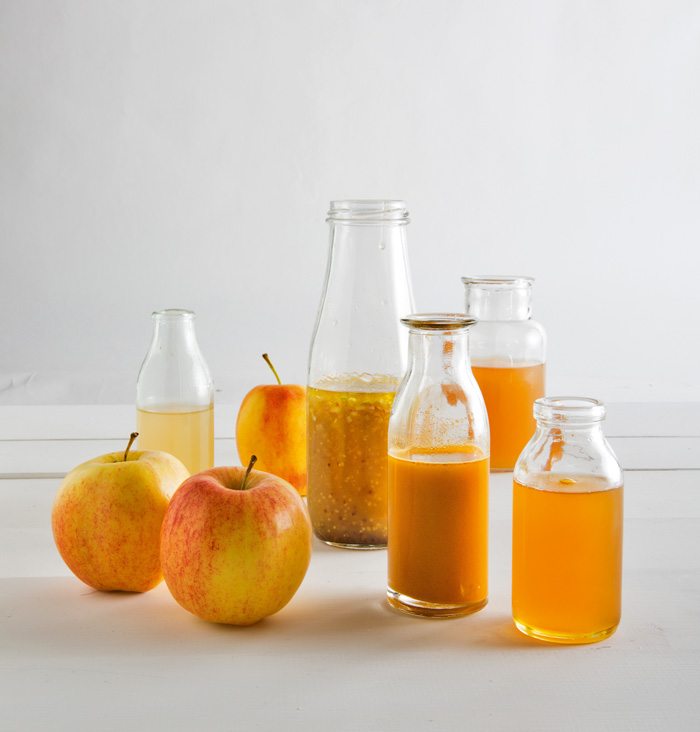For years we have been told that if we eat less fat we will reduce our risk of heart disease, type 2 diabetes and certain cancers. More recently, though, health professionals have discovered that not all fat is bad. Omega-3, a type of polyunsaturated fat, is now known as a healthy fat and we are being encouraged to eat as much of it as we can. It is an essential fatty acid that scientists have found provides significant health benefits compared with other fats. Omega-3 not only reduces the risk of heart disease, it has a long list of other health benefits including reducing inflammation, treating depression and lowering blood pressure.
First we need to understand the different types of fats, and which really are the good, the bad and the ugly. Follow the guide below to make sure you are making smart eating choices in your household:
1. Trans fats
Found in dairy products, beef, veal, lamb and mutton, and as a product of fats and oils altered by industrial processes, such as hydrogenation, trans fatty acids are considered the worst of the bunch. Not only do they increase the level of ‘bad’ cholesterol in the blood, they also decrease the level of ‘good’ cholesterol, causing a number of serious health problems.
2. Saturated fat
This is still considered a bad fat because excessive intake will increase the risk of heart disease and diabetes. Sources of saturated fat include butter, palm oil, coconut oil, fatty meats, certain cheeses and dairy products.
3. Monounsaturated fat
This is considered to be a good fat as long as your diet is low in saturated fat, because monounsaturated fats reduce levels of bad ‘LDL’ cholesterol. Good sources of monounsaturated fat include olive oil, nuts, avocados and nut oil.
4. Polyunsaturated fats
Good fats include omega-3 and omega-6 fatty acids. Polyunsaturated fats can lower the level of bad ‘LDL’ cholesterol, but consume more omega-6 than omega-3 and you will lower your good ‘HDL’ cholesterol as well. Most people in Western countries eat 20 times more omega-6 than omega-3, so we need to eat a lot more omega-3-rich foods than most of us currently do.
The body absorbs the food sources of omega-3 more efficiently than the supplements. Omega-3-rich foods include: oily fish and seafood, including salmon, sardines, mackerel, blue eye cod, red fish, rainbow trout, pilchards, tuna and scallops; linseeds and linseed oil (also known as flaxseed) have the highest levels of omega-3 fatty acids; walnuts and pecans; omega-3-enriched eggs, kidney beans and canola oil are good sources, as are brussels sprouts, kale, spinach and salad greens; and tofu and soy beans contain both omega-3 and omega-6 fatty acids.
Omega-6 fatty acids can be found in polyunsaturated oils – sunflower, safflower, peanut, evening primrose and corn oil – as well as seeds (pepitas, sesame seeds and sunflower seeds) and pinenuts.
EASY WAYS TO EAT MORE OMEGA-3
Turn these ideas into habits to ensure that you are getting enough:
– Sprinkle your breakfast cereal or porridge with ground flaxseeds and add linseeds to salads, pies, curries, soups, burgers, juices and smoothies. Use crushed linseeds and nuts to coat eggplant, vegetable patties, chicken and fish and try walnut and canola oils in salad dressings or for cooking instead of polyunsaturated oils.
– Snack on walnuts and pecans and add them to cereals, smoothies, muffins, fruit loaves, salads and stuffings. Replace butter with a walnut or pecan butter. Make walnut or pecan nut pesto – replace the pinenuts with either one or use a combination of both. Be sure to store nuts and linseeds in an airtight container in the fridge or they will soon turn rancid.
– Eat two to three fish meals per week. Leave the skin on and eat it – a lot of the good oil is contained in the skin. Don’t forget canned fish such as sardines, anchovies and pilchards – they make a quick and easy snack on crackers with some hummus, lemon, cracked pepper and sprouts. Sushi filled with salmon or tuna is a simple way of increasing the amount of oily fish you are eating.
– Make a habit of including an omega-3-rich food in at least one meal a day. For example, add linseeds to your smoothie and have a tuna salad wrap for lunch or a chargrilled salmon fillet for dinner.







